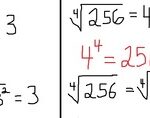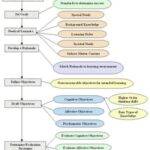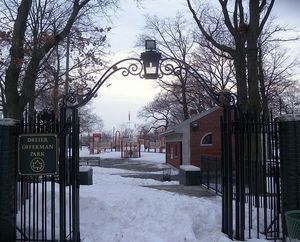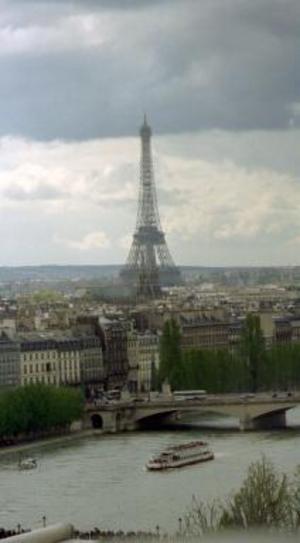This lesson plan helps 2nd graders recognize compound words and how they are used.
Grade Level: Grade 2
Subject: Language Arts
Concept: Learning about compound words
Standards: Language D.4.1
Reading A.4.1
Materials:
* Worksheet: compound words
* Construction paper
* Small square pictures of compound words
* Enlarged example of compound words
* Glue
* Scissors
* Markers
Outcomes/Objectives – the student will:
* Learn about what a compound word is
* Be able to identify roots of compound words
* Be able to match compound root words successfully to create a compound word
* Be able to identify compound words in their own reading assignments
Steps in Presentation:
Motivation:
* Will have several items up front (baseball, football, volleyball, racquetball, etc…)
* Ask the students, “What do all of these items have in common?” Answer: they are all made up of two words.
Outline of Steps:
* Have students sit facing the blackboard
* Introduce the definition of a compound word
* Explain that compound words are two words in one. That each compound word is made up of two words that make a completely different new word.
* Show enlarged example on the board. Put up a picture of a sun, put the plus sign next and then a picture of a flower. Put the equal sign and put up a picture of an actual sunflower.
* Explain to the students that the two original words change meaning when put together as shown in the above example.
* Break up into 5 cooperative groups. Assign a writer and reporter to each group.
* Hand out small square pictures of compound words, scissors, glue, markers and construction paper.
* Each group should work together to match up which words create the compound word that is shown in the pictures. Students should cut out the pictures and then glue them onto the construction paper. Students should use the marker to write the plus and equal signs. (an example of finished work should be held up for all to see)
* Comprehension questions will be asked while working, making sure students understand what each picture is.
* The group will need to come up with a sentence that includes their finished compound word and will write it underneath the pictures.
* After the groups are finished working, each group will stand up in front of class to show one of the answers that they group came up with. This will continue until all of the puzzles are shared.
* Finished projects will be collected and hung up around the room at a later date.
Accomodation for special needs and cultural differences:
* Students with visual or auditory problems will be able to perform this activity because of the pictures shown and the words being said out loud in the lecture. For auditory difficulty, group members should speak the words as they cut them out.
* Students with difficulty reading will be paired up with students who are able to help them read the words on the pictures. The pictures will also help in comprehension.
* Gifted students will have the opportunity to take a lead by volunteering to be a reporter for the group. They will also have the opportunity to come up with their own compound word combinations.
*Cultural Differences should not play a part too much, however if a student does not understand what one of the pictures are, a group member may be able to explain it to them.
Closure:
*At the end of the lesson, students will have shared their projects with the rest of the class. Now that they know compound words, they will be able to recognize them while reading. They will now understand that a compound word is not always the same as the two root words that it is comprised of.
Extension Activity/Homework Assignment:
* Students will need to complete worksheet by the next language arts class.
Assessment of Student Learning:
* Will be able to assess student learning in their groups, if the group project turns out as planned.
* Will be able to assess learning based on the worksheet due the next class. The worksheet will be handed in and graded.





